Filter by
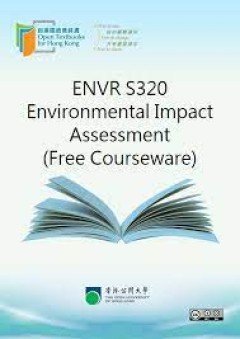
Environmental Impact Assessment
Environmental impact assessment (EIA) is a widely used tool for assessing the environmental implications of projects, policies and plans. It is also an integral part of the decision-making processes involving environmental issues. With the growing importance of environmental protection and an awareness of pursuing sustainable development, applying EIA techniques has become more important and co…
- Edition
- -
- ISBN/ISSN
- -
- Collation
- -
- Series Title
- -
- Call Number
- 500 OPE e
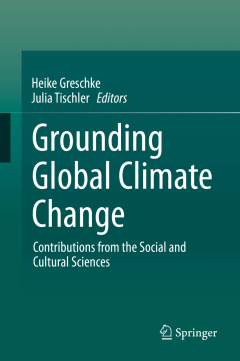
Grounding Global Climate Change: Contributions from the Social and Cultural S…
This book traces the evolution of climate change research, which, long dominated by the natural sciences, now sees greater involvement with disciplines studying the socio-cultural implications of change. In their introduction, the editors chart the changing role of the social and cultural sciences, delineating three strands of research: socio-critical approaches which connect climate change to …
- Edition
- -
- ISBN/ISSN
- 978-94-017-9321-6
- Collation
- X, 181
- Series Title
- -
- Call Number
- 333.7 GRO
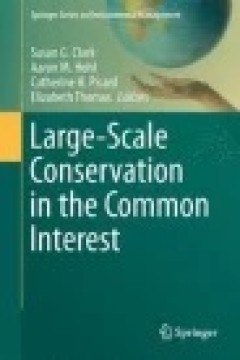
Large-Scale Conservation in the Common Interest
Many people working toward sustainability recognize the important role of conservation but are inadequately prepared to deal with the large spatial, temporal and complexity scales that are involved in large-scale conservation efforts. Problems in large-scale conservation require navigating an intermixture of geophysical, biological and political dimensions. Coming to grips with these many natur…
- Edition
- -
- ISBN/ISSN
- 978-3-319-07419-1
- Collation
- -
- Series Title
- -
- Call Number
- -
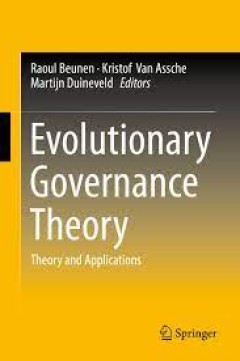
Evolutionary Governance Theory Theory and Applications
This volume presents empirical studies and theoretical reflections on Evolutionary Governance Theory (EGT), its most important concepts and their interrelations. As a novel theory of governance, EGT understands governance as radically evolutionary, which implies that all elements of governance are subject to evolution, that these elements co-evolve and that many of them are the product of gover…
- Edition
- -
- ISBN/ISSN
- 978-3-319-12274-8
- Collation
- 4 b/w illustrations, 4 illustrations in colour
- Series Title
- -
- Call Number
- -
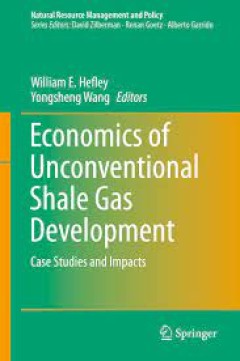
Economics of Unconventional Shale Gas Development
This book examines the economics and related impacts of unconventional shale gas development. While focusing on the Marcellus and Utica Shales in the Mid-Atlantic region, additional insights from other regions are included to provide a broader view of these issues. Shale gas development in recent years has changed the energy discussion in the US, as existing reserves of natural gas coupled with…
- Edition
- 1
- ISBN/ISSN
- 978-3-319-11498-9
- Collation
- -
- Series Title
- 10 b/w illustrations, 26 illustrations in colour
- Call Number
- VI, 246
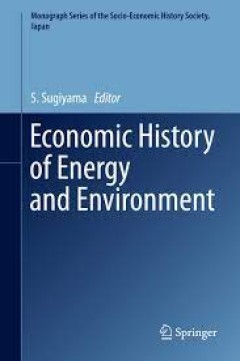
Economic History of Energy and Environment
This book is the first volume of a monograph series published by the Socio-Economic History Society, Japan. The purpose of the series is to make works by Japanese scholars accessible to a wider readership and to increase the knowledge of scholars in this field, particularly in relation to Asia. This volume includes four chapters on energy and the environment of Japan, China and Britain and four…
- Edition
- 1
- ISBN/ISSN
- 978-4-431-55506-3
- Collation
- -
- Series Title
- -
- Call Number
- XII, 134

Economic History of Energy and Environment
This book is the first volume of a monograph series published by the Socio-Economic History Society, Japan. The purpose of the series is to make works by Japanese scholars accessible to a wider readership and to increase the knowledge of scholars in this field, particularly in relation to Asia. This volume includes four chapters on energy and the environment of Japan, China and Britain and four…
- Edition
- 1
- ISBN/ISSN
- 978-4-431-55506-3
- Collation
- -
- Series Title
- -
- Call Number
- XII, 134

Landslide Databases as Tools for Integrated Assessment of Landslide Risk
This doctoral thesis presents a novel approach to landslide risk assessment that explores the various dimensions of landslide risk in an integrated perspective. The research approach introduced here is tailored for use with landslide databases and Geographic Information Systems (GIS). A landslide susceptibility model is at the heart of this new approach, enabling to identify and delineate areas…
- Edition
- -
- ISBN/ISSN
- 978-3-319-20403-1
- Collation
- -
- Series Title
- -
- Call Number
- -
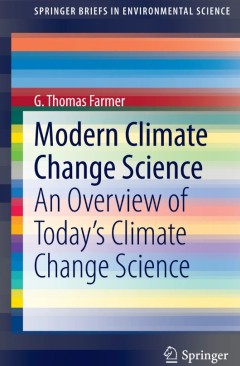
Modern Climate Change Science
Composed of two extensive sections, this book surveys important work in climate change science, mainly in the United States, and introduces contributions to the body of science that have arrived on the scene between January 2013 and February 2014. The opening section offers a broad examination of contemporary climate change science, with subsections on the Intergovernmental Panel on Climate …
- Edition
- 1
- ISBN/ISSN
- 978-3-319-09221-8
- Collation
- XXV, 106
- Series Title
- SpringerBriefs in Environmental Science
- Call Number
- -

Multicriteria Decision Analysis in Geographic Information Science
This book is intended for the GIS Science and Decision Science communities. It is primarily targeted at postgraduate students and practitioners in GIS and urban, regional and environmental planning as well as applied decision analysis. It is also suitable for those studying and working with spatial decision support systems. The main objectives of this book are to effectivley integrate Multicrit…
- Edition
- 1
- ISBN/ISSN
- 978-3-662-50152-8
- Collation
- XV
- Series Title
- Advances in Geographic Information Science
- Call Number
- -
 Computer Science, Information & General Works
Computer Science, Information & General Works  Philosophy & Psychology
Philosophy & Psychology  Religion
Religion  Social Sciences
Social Sciences  Language
Language  Pure Science
Pure Science  Applied Sciences
Applied Sciences  Art & Recreation
Art & Recreation  Literature
Literature  History & Geography
History & Geography